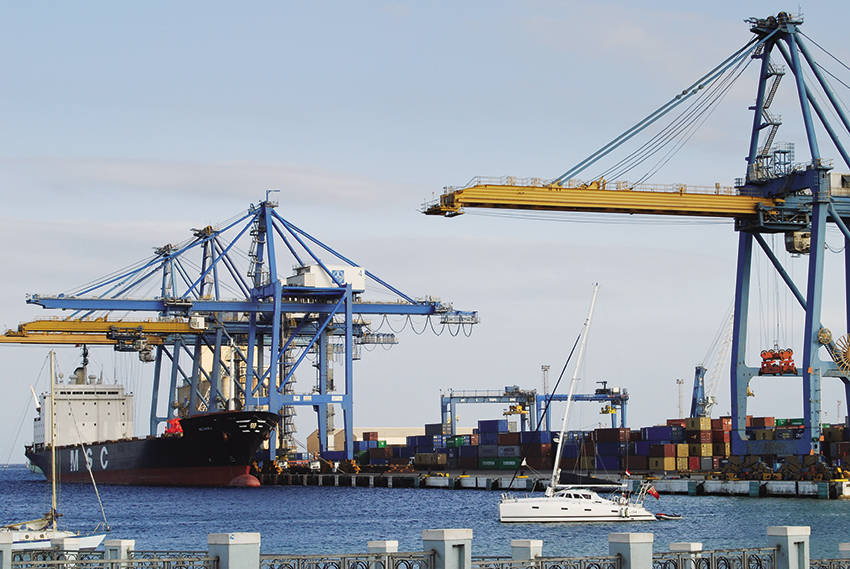
Sudan’s main imported goods
Sudan is a country in Northeast Africa with an economy heavily influenced by agriculture, natural resources, and trade. Despite its rich natural resources, including oil and minerals, Sudan relies on importing various goods to meet domestic demand. Below is an overview of Sudan’s main imported goods.
1. Machinery and Equipment
One of Sudan’s most significant import categories is machinery and equipment. These include industrial machinery, construction equipment, and agricultural machinery. Sudan’s growing infrastructure projects and agricultural sector demand a steady supply of these goods. Heavy reliance on imported equipment stems from limited domestic manufacturing capacity.
2. Food and Beverages
Sudan imports substantial quantities of food products to meet its population’s needs. Key imports include wheat, sugar, rice, cooking oil, and processed foods. Sudan’s local agricultural production often falls short due to inadequate technology, climatic challenges, and political instability, driving dependence on food imports.
3. Vehicles and Transportation Equipment
The demand for vehicles, including cars, trucks, buses, and motorcycles, is high in Sudan. These imports support personal transportation, commercial use, and industrial operations. Sudan also imports spare parts and maintenance equipment for these vehicles.
4. Petroleum Products
Although Sudan is an oil producer, it imports refined petroleum products, such as gasoline, diesel, and kerosene, due to limited domestic refining capacity. This is critical for the transportation sector, power generation, and industrial activities.
5. Medicines and Medical Supplies
Sudan imports a significant amount of pharmaceuticals and medical equipment. The local pharmaceutical manufacturing industry is underdeveloped, making it necessary to rely on foreign suppliers to meet the country’s healthcare demands. Items include vaccines, diagnostic tools, and hospital machinery.
6. Textiles and Clothing
The textile and clothing industry in Sudan depends on imports for raw materials and finished products. Cotton is grown locally, but the country lacks the industrial capacity to process it extensively. As a result, Sudan imports clothing, fabrics, and textile manufacturing inputs.
7. Chemical Products
Sudan imports various chemicals for industrial and agricultural purposes. These include fertilizers, pesticides, and industrial chemicals used in manufacturing processes. The reliance on imports in this sector reflects the country’s need to boost its productivity and modernize agriculture.
8. Electrical Appliances and Electronics
Electrical appliances, including home electronics, mobile phones, and computing devices, are widely imported. These goods cater to household needs, businesses, and telecommunications.
9. Cement and Construction Materials
With the demand for infrastructure development, Sudan imports cement, steel, and other construction materials. Local production is limited and unable to meet the growing needs of housing and public infrastructure projects.
10. Consumer Goods
Sudan also imports a variety of consumer goods such as cosmetics, toiletries, and luxury items. These imports are targeted at urban populations with disposable income.
Key Trade Partners
Sudan’s major trading partners for imports include China, India, the United Arab Emirates, Saudi Arabia, and Turkey. These countries supply a wide range of goods, from machinery and vehicles to food and medicine.
Challenges in Importing Goods
Import activities in Sudan face challenges such as political instability, economic sanctions, currency fluctuations, and limited foreign exchange reserves. These factors often lead to higher import costs and scarcity of goods in local markets.
Conclusion
Sudan’s import dependence is rooted in the country’s limited industrial and technological capacity. The main imported goods—machinery, food, vehicles, petroleum products, and medicines—play a crucial role in sustaining the economy and improving living standards. Addressing the challenges in the import sector and fostering local production can help reduce this dependency over time.




Leave a Reply